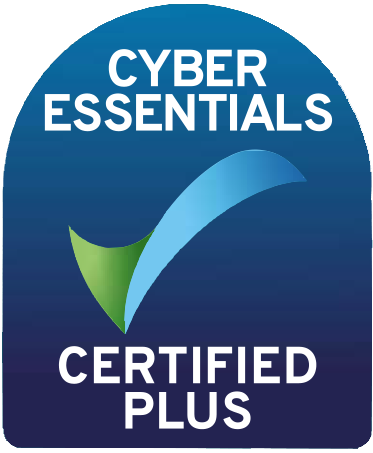
Email Phishing – 4 Common Email Scams to Watch Out For

Protect your Business from Common Email Scams
Email remains one of the most widely used—and exploited—tools in business today. From managing contracts to sending invoices, your inbox is a central part of daily operations. But that makes it a major target for cybercriminals and common email scams.
Firewalls, antivirus software, and cloud security all help, but the inbox is still the most direct and vulnerable route into your organisation. To protect your business, you need to understand how common email scams work—and how to defend against them.
Here are four of the most common email scam tactics we see targeting UK businesses:
1. Phishing – The Classic Email Scam
Phishing emails trick users into clicking malicious links, downloading dangerous files, or handing over passwords—often by pretending to be someone you trust. Some are obvious, but others copy real-world templates, use company logos, and mimic domains to fool even cautious users.
The risk?
An urgent payment request appears to come from your CEO—funds are transferred before anyone realises it was fake.
How to protect yourself:
• Employee awareness training
• Advanced email filtering tools that catch scams before they hit inboxes
2. Session Hijacking – Silent and Dangerous
Session hijacking doesn’t rely on clicking a dodgy link. Instead, hackers intercept your session tokens—the behind-the-scenes tech that keeps you logged into apps like Outlook. Once they have it, they act as you.
The risk?
A hacker uses your email to redirect payments or access confidential files without raising alarms.
How to protect yourself:
• Multi-factor authentication
• Monitoring for unusual login activity
• Secure web browsing practices
3. Malicious Attachments – The Hidden Threat
Fake invoices, dodgy PDFs, and seemingly harmless Word documents can hide ransomware, spyware, or backdoors into your systems.
The risk?
One click could encrypt your network or allow hackers to watch every keystroke.
How to protect yourself:
• Attachment scanning and sandboxing
• Zero-trust policies around downloads
• Reliable backups and recovery systems
4. Spoofing – Emails That Aren’t What They Seem
Spoofed emails make it look like they’re coming from someone you know—like a trusted supplier or senior manager.
The risk?
You unknowingly change bank details and send money to the wrong place.
How to protect yourself:
• Email authentication protocols (SPF, DKIM, DMARC)
• Cross-verification policies for financial or sensitive requests
Why This Matters More Than Ever
Cybercriminals are getting smarter—and small businesses are often the easiest targets. All it takes is one click, one misjudged email, or one fake invoice.
That’s why layered security, practical training, and modern email protection tools are essential.
Need help protecting your inbox?
At SOD-IT, we help businesses stay one step ahead of email scams. Our team can strengthen your defences and make sure your inbox isn’t the weakest link.
📩 Get in touch today to discuss your email security setup.







